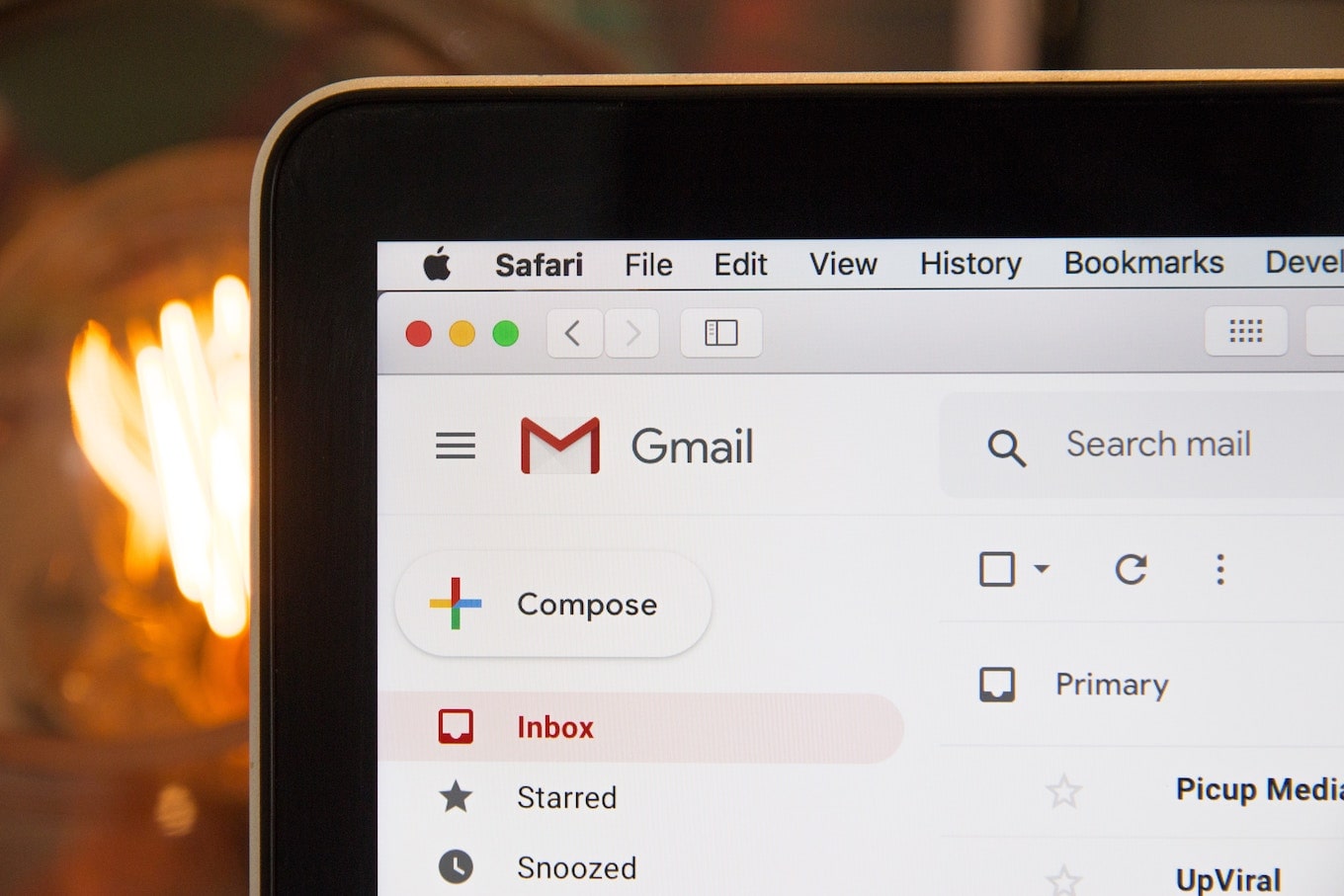Like every small business owner, you know that a loyal, engaged customer base is the key to success. But what happens when your customer base seems to lose interest or no longer responds to your promotions? More specifically, what happens to your marketing efforts when your customers unfollow your social media and unsubscribe from your emails and notifications?
Obviously, there will be some attrition, and that’s to be expected. But when the number of your Instagram followers drops precipitously, or when your email lists shrinks by dozens of names each month, it’s a sure bet that there’s something seriously wrong.
Thankfully, though, there are ways to identify when you’re in danger of losing more followers than is healthy, and there are solutions you can employ to fix these problems.
Email unsubscribes
Research shows the people get on average more than 120 emails a day, often for stuff they don’t want or don’t care about. Most will just delete a marketing email they don’t want or ignore it. But if you send too many emails they will go the extra step to unsubscribe from your list.
The key to making sure this doesn’t happen to you is to delight your customers with messages they enjoy receiving.
There are many ways to do this including:
- Monitor your emails—which ones get responses, and which ones fall flat. Then figure out creative ways to re-boot the ones that worked and get a similar response.
- Make sure your messages offer real value to the customer. The messages should be about them, not you.
- Monitor the frequency and make sure you’re not sending them out too often.
- Divide your email list into groups and only send relevant information to that group. This is called segmentation, and the better you are at it, the less unsubscribes you’ll get. You can divide your list by things like demographics (for example, don’t send an email announcing a sale on women’s shoes to men), interests, buying habits and more. Abreeze Link, which connects MailChimp to your Clover POS, gathers information based on customer purchases to help segment your lists quickly and easily.
- Only send to people who are actively opening your emails. For those who aren’t, only send them the most irresistible messages.
- Make your messages more personal. Use the customer’s name in your messages. Send virtual birthday cards. Be fun and funny. The more your messages feel like a relationship the less likely they are to treat you like spam.
For those email unsubscribes you just can’t avoid, you do have some options. Beyond just doing nothing (which isn’t always a bad thing), you can give your customers an option to choose what kind of communications they receive from you, especially if you send out different emails for newsletters, sales, or coupons. Basically, you give them the option to select their own segmented list to ensure they receive the communications they really want while also keeping them on your list.
Social media unfollows
While social media is a completely different platform than email, it still serves the same purpose—it engages your customer base with content that they (hopefully) find helpful. If you start losing followers on your social media accounts, chances are that you have a content issue.
It could be that you’re posting too often and clogging up your customers’ social feeds, or that you’re posting content that’s too focused on sales and not enough on culture, which is something social media users have come to expect over the years. Whatever the case is, there are a few solutions you can try to get your social media efforts back on track.
One of the best things you can do when creating social media content is to see what your users say about your brand—you can even pose some questions about this on your social media pages—and then use that to make customer-focused content that truly speaks to your audience.
You can also use tools like Hootsuite or Buffer to schedule social media posts across your different pages, so you ensure you get the right amount of engagement—not too much and not too little—at the right times and in the right places.
Change up the type of content you’re using. Experiment with fun, interactive content like videos, quizzes, contests, and more.
Another important tactic is to examine your customer demographics and determine which social media platform is the best to reach them on. If your customers skew older, you should focus on Facebook, while you should put more effort behind Instagram if your customer base is made up on millennials and Gen Zers. Once you have this information, it might be worth your while to put some spend behind social media ads which can be targeted at a specific demographic within a limited region.
Mobile alerts
You might notice a trend here: unengaging content and overcommunication can deplete your email lists and social media followers, and it can also wreak havoc on any customers who opt in to receive mobile alerts from your brand. Mobile alerts add another wrinkle to this problem, though, since many people may find it intrusive to receive messages straight to their phones without a buffer like email or social media.
If you do choose to use mobile alerts, make sure the content is truly actionable and engaging, like a coupon or discount code, and only gets sent to your customers when they are in or near your business. The geotargeting feature helps cut down the amount of notifications they receive from you and while the coupon codes give them an incentive to stay on your list, while also providing them with an immediate reason to do business with you.
Customer communications can make or break your business. It’s crucial to get this right before customers start leaving your lists in droves, or worse, leave negative comments on your social media pages. If you follow the formula of sending engaging content at the right time and place, you’ll see an uptick in your followers and subscribers and your bottom line.






